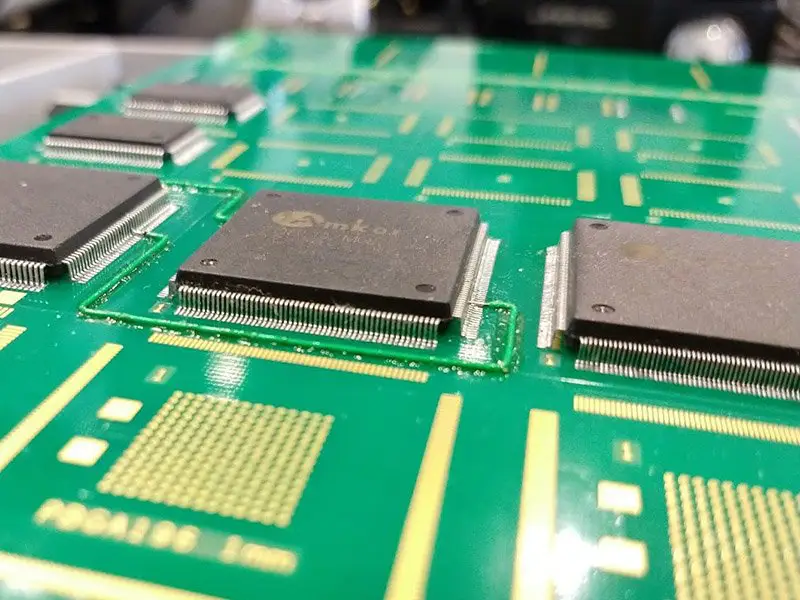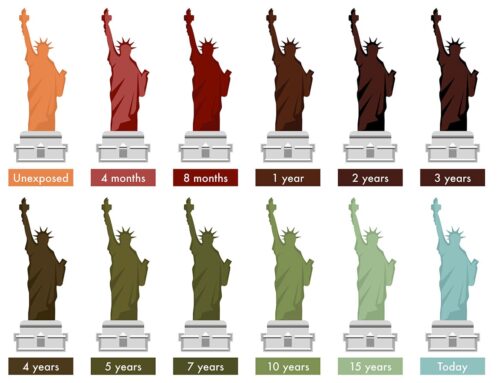The difference between IPC-7711 and IPC-7721 is that IPC-7711 contains procedures for so-called rework of assemblies and printed circuit boards and IPC-7721 contains the procedures for repairing printed circuit boards and modifications. However, this is a very short explanation. At the moment, IPC-7711 and IPC-7721 are summarized in one document or one standard. In the distant past, IPC once issued two documents under the name IPC-7711 and IPC-7721 and these names have survived.
But what exactly is the difference between the two? It is of course important to know the difference between rework, repair and modification. This is explained in the introduction of the document for both IPC-7711 and IPC-7721. It contains the definitions of rework, repairs and modifications. What is rework, for example? At rework we must assume that an inspection has shown that a product does not meet the requirements. So, it cannot be delivered to a customer like this. Reasons may be that there is too little solder material at a given moment or that the component has moved or is not placed in the right spot, is placed in the wrong direction or that the polarity is wrong. The component is skewed, or it is a completely wrong component. If so, something must be done about it. The definition of rework says: I assume a product that does not meet the requirements, that was rejected during the inspection and I will edit it. The official definition describes: I will edit that with the original process or with an alternative equivalent process. The original process is often not possible because there was automated soldering. With rework processes this is often done manually, possibly with a semi-automatic piece of equipment, but generally still manually. Furthermore, the definition indicates that if you have that action, the product must meet all the requirements that apply. That means that the right component is used and the solder connections are made in the correct way. Satisfying the requirements means that I actually have restored for 100% the original product for and that it meets the drawings and all requirements that are valid for this product.
With a repair, we actually have a different situation. Then the product is rejected because, for example, a track is interrupted, or because the pads on which the components are placed are damaged or because the entire circuit board is damaged. Then you already assume that the product will not be able to function and then techniques will be used to repair it again, to restore that function to make the non-functioning product functioning again. Then, for example, a track can be repaired with a special repair kit. Sometimes a printed circuit board is repaired, or an island is replaced. There are all kinds of techniques that can be used and they are described in the IPC-7721. However, if you have done this operation, then that product will no longer meet the drawings and the performance requirements that apply for 100%. So, there will be deviations and that is inherent to that kind of repair. Modifications are also discussed. Modifications are changes in the circuit. So, if you have seen that an originally designed circuit does not work, you can apply a change to it. There are various options for this and changing the value of a component is, for example, a modification. But in the IPC-7721 especially those modifications are discussed that are made by means of modification wire. So, where a new connection is made between connections in order to adjust a function or to obtain a function. You basically adjust the circuit so that you let a product function as you had expected. That is what we call modification and is also covered in the IPC-7721. It is therefore in principle a document where after a general introduction with general procedures, specific attention is paid to procedures for rework, repairs and modifications. One document with two separate chapters. More information on this subject can be found in the IPC-7711/7721 Training and certification.






